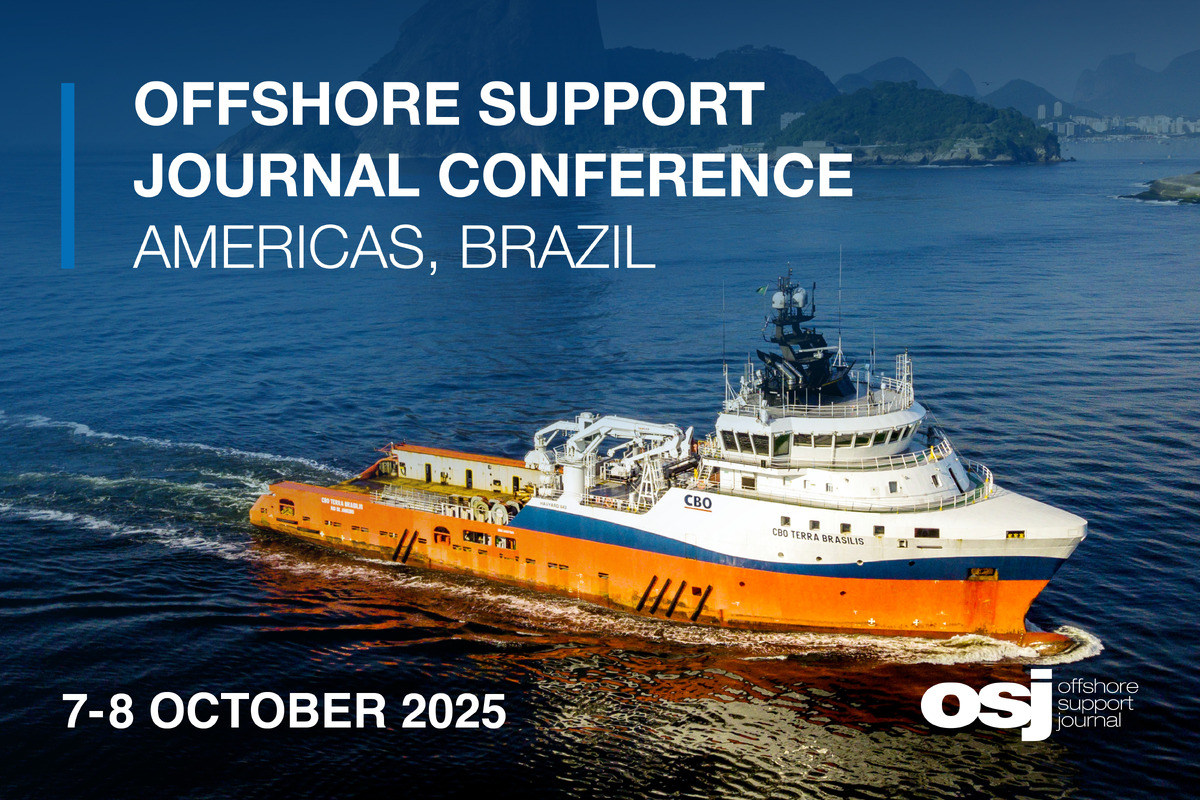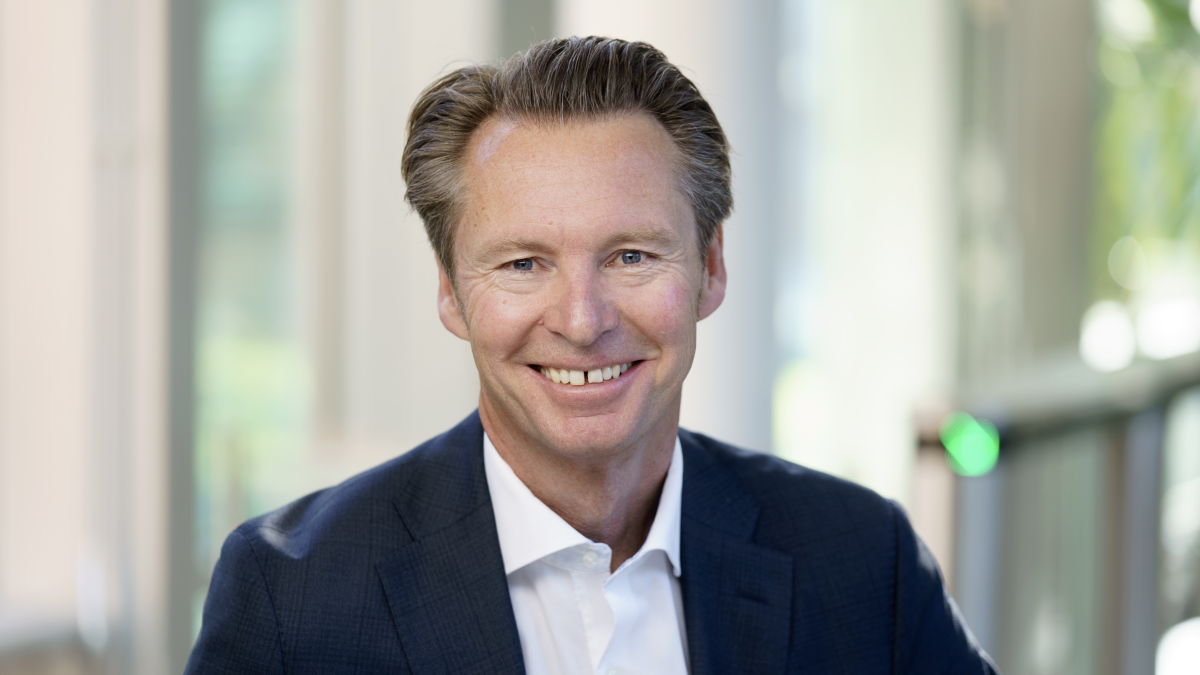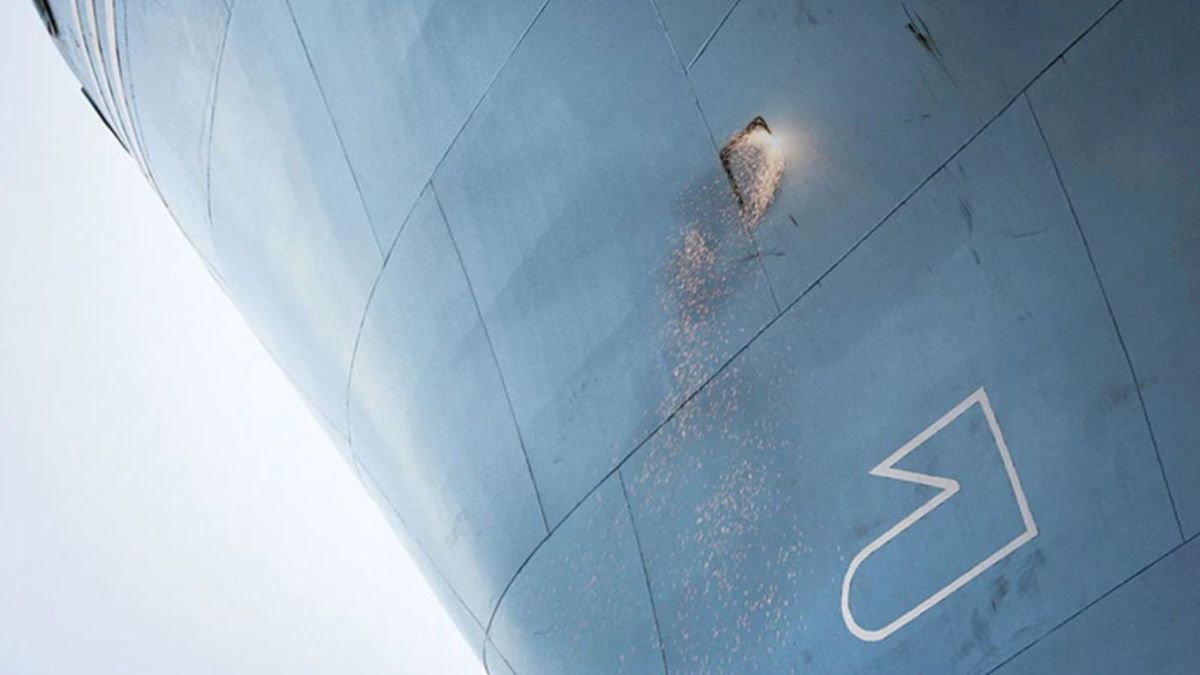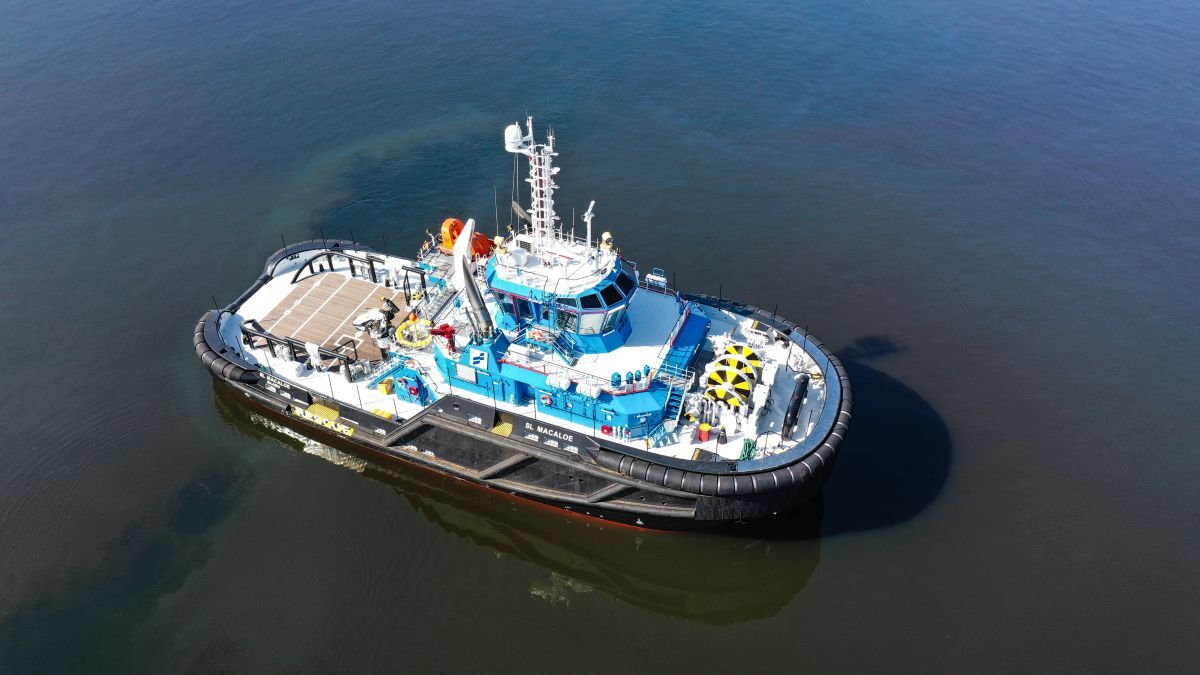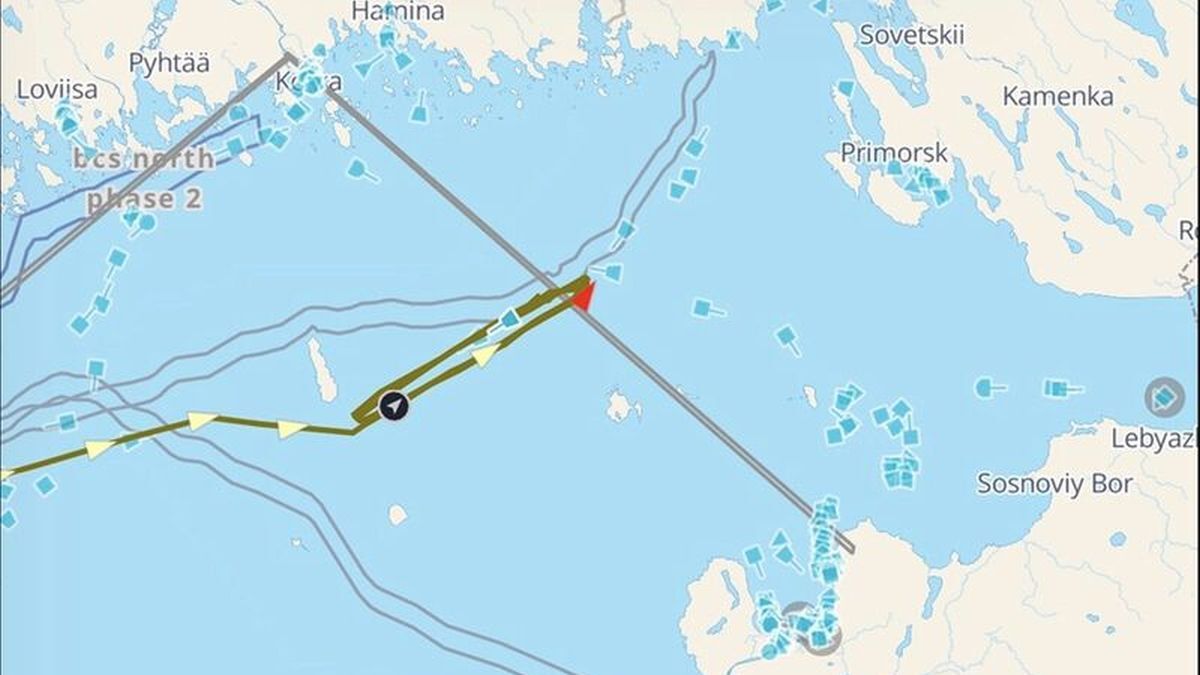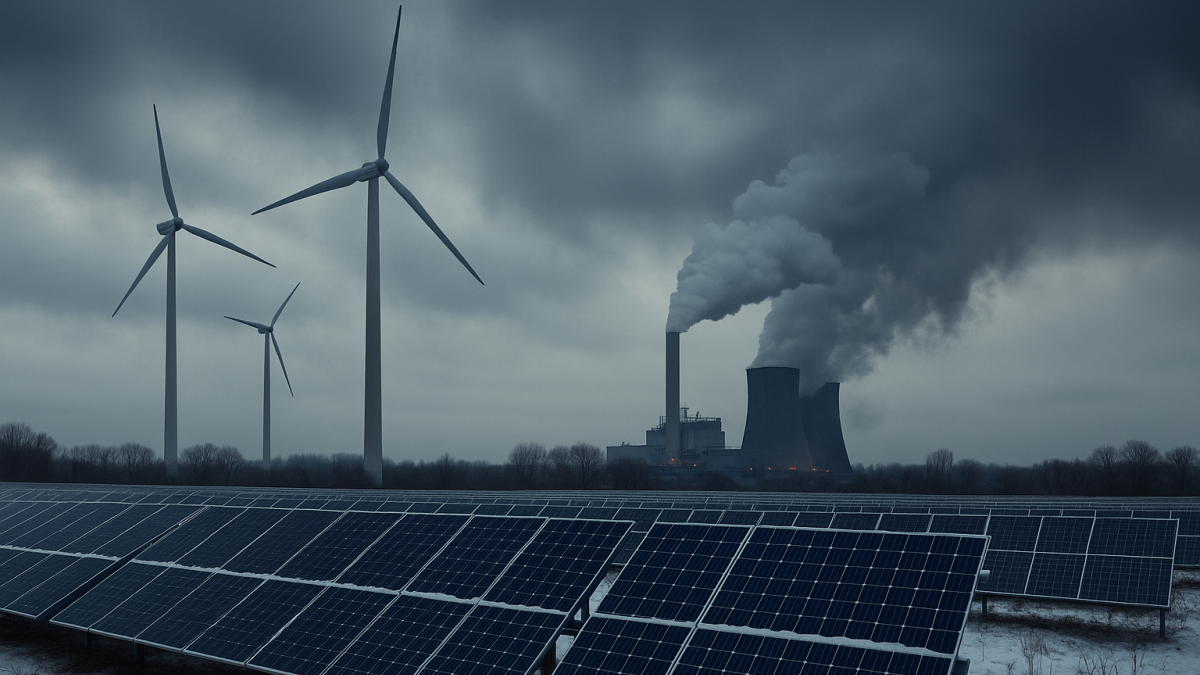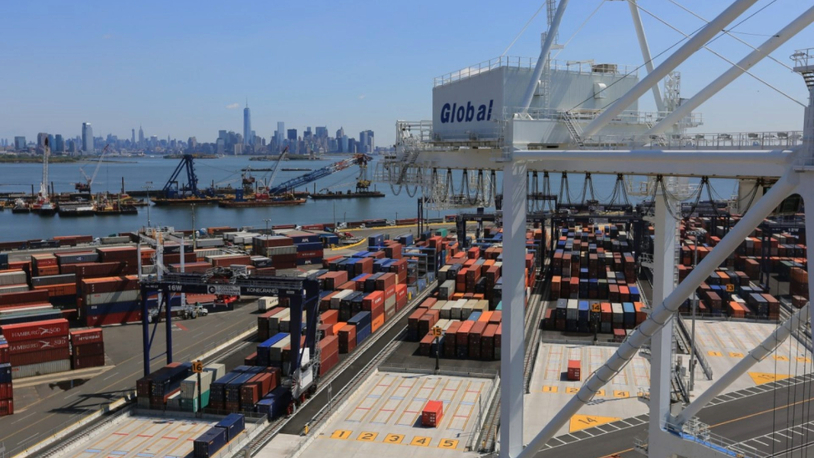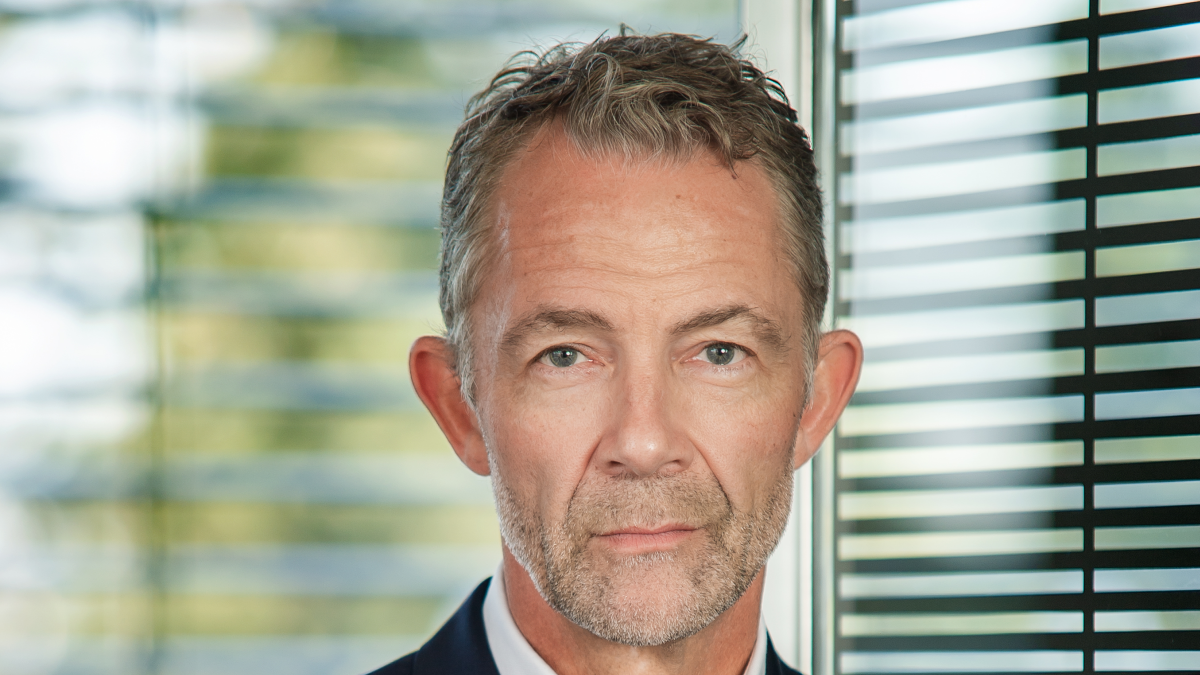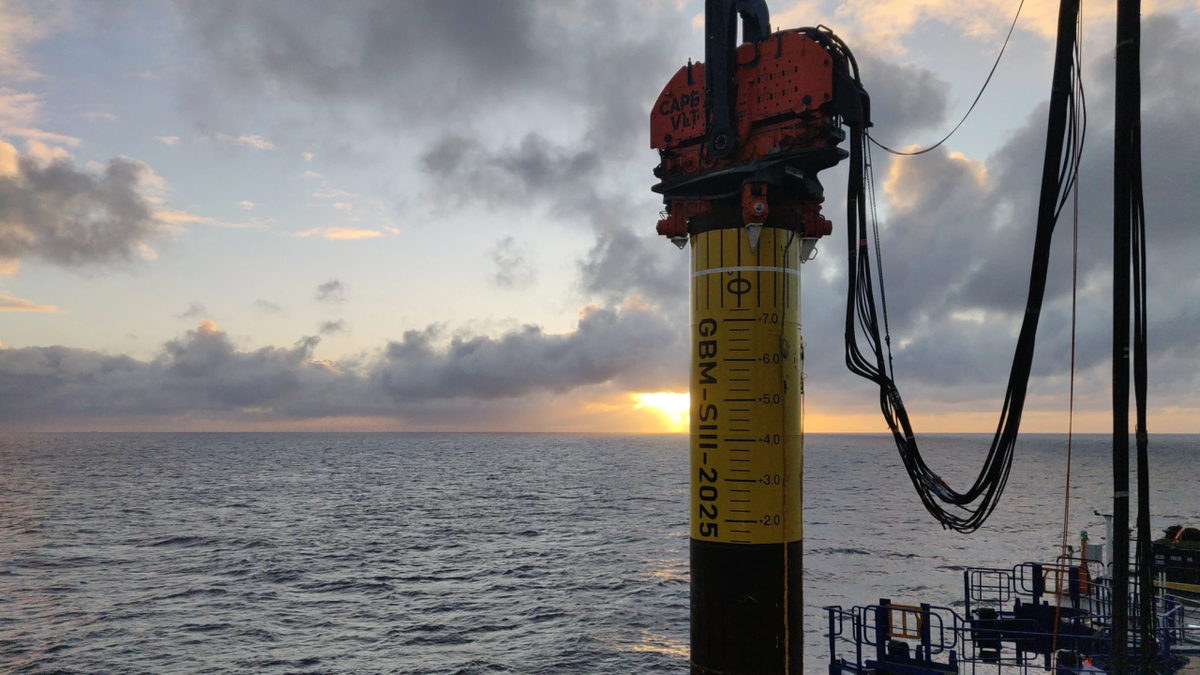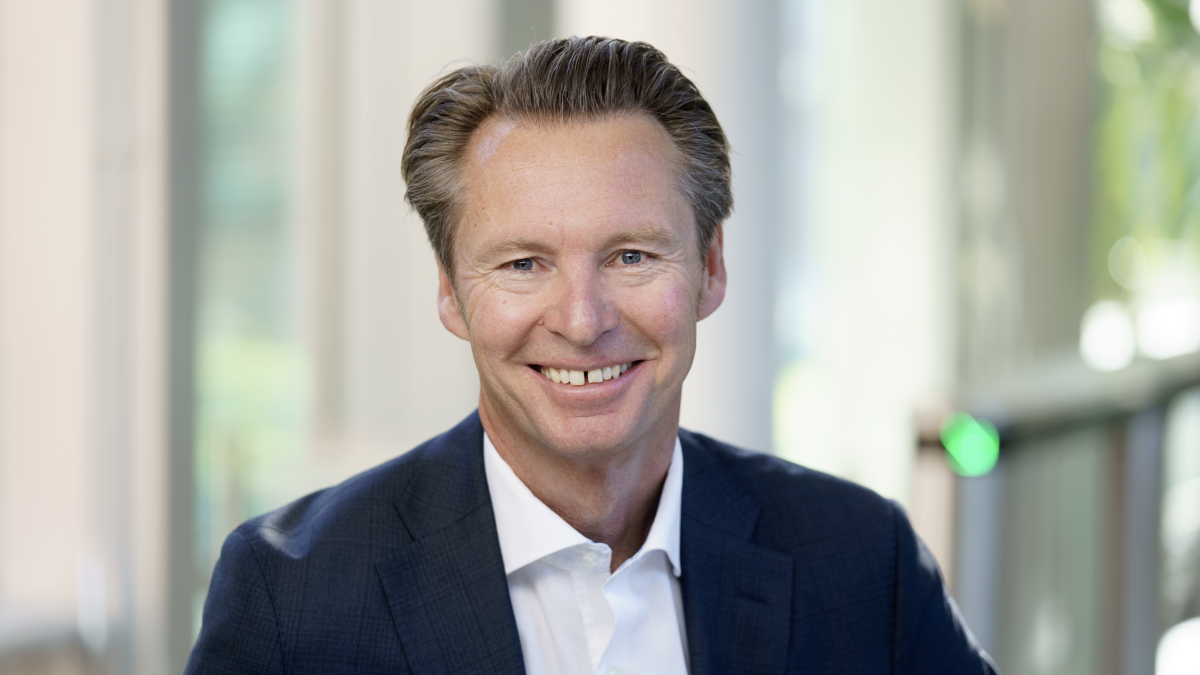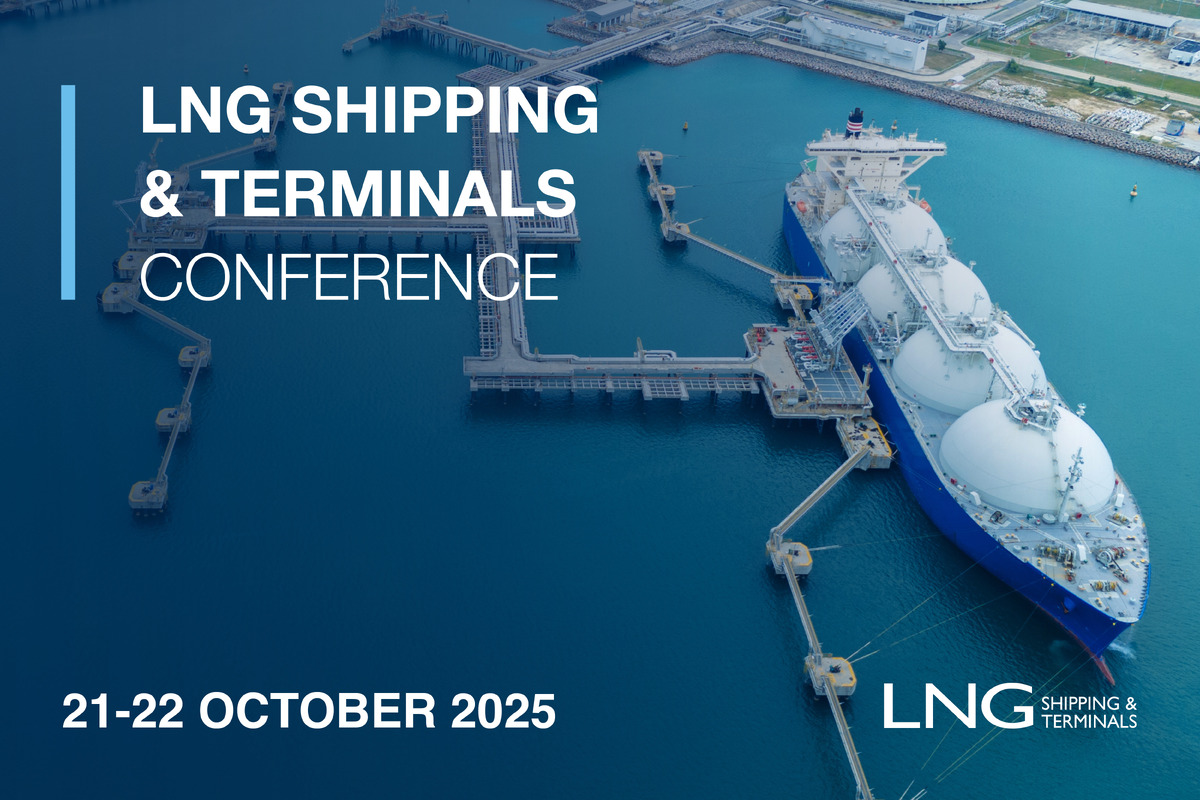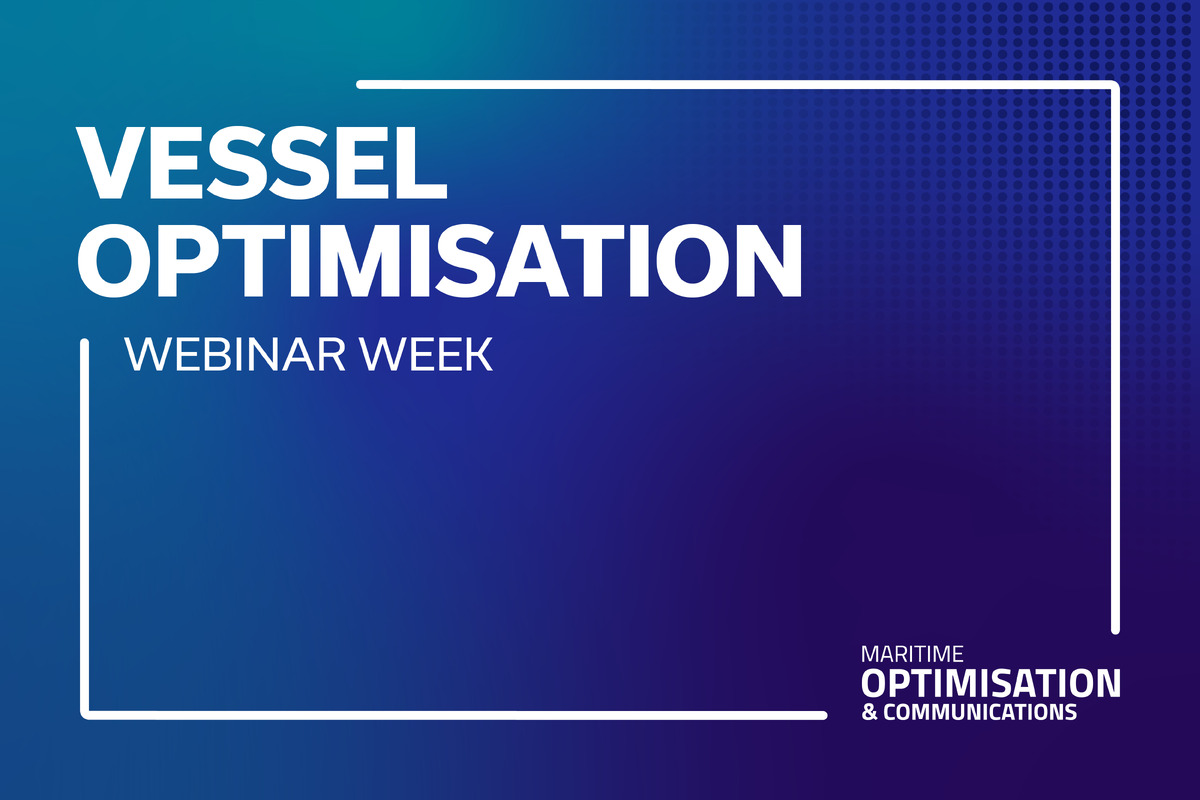Business Sectors
Events
Contents
Register to read more articles.
1,000 days to go: MEPC 77, The Shanghai Test and BWMS decision time
D-2 standard time is running out: Filtersafe head of marine Mark Riggio looks at what owners and operators need to do and the steps they can take before the deadline
Today marks 1,000 days until the final date of the D-2 standard implementation – 8 September 2024. The standard includes specific details on the number of organisms per cubic meter of water, and the minimum dimensions of these organisms. But the bottom line for shipowners and operators: there are just under 33 months to ensure your ballast water management system (BWMS) provides effective, long-term, reliable treatment of invasive aquatic species.
While 1,000 days may feel like a long time, when you factor in all the variables and potential delays, it will sneak up on you. For example, there is likely to be a huge demand for retrofitting systems that will result in bottlenecks at shipyards and subsequently higher costs and delays. It also takes time to weigh up the options and make these complex, business-critical purchasing decisions.
MEPC 77: challenging water conditions
Another MEPC meeting has been and gone. One of the key outcomes of the meeting was an agreement to progress work on guidance for ships that need to conduct ballast water management in ports with challenging water with the view to finalisation at MEPC 78. Taken at face value, this outcome means official guidance has been punted down the road. However, in practice, IMO has reinforced the status quo, meaning shipowners and operators must treat the water in sediment-rich areas to the best of their BWMS’s ability. To put in another way, at this stage, there will be no blanket exceptions or bypassing of systems for ships operating in challenging water conditions.
The desire for blanket exemptions highlights the challenges shipowners and operators face if they purchase a poorly performing BWMS and/or filter. But there really is no basis for blanket exceptions. To allow low-quality systems which can be bypassed in less-than-ideal conditions is contrary to the environmental aims of the Ballast Water Management Convention, and it is highly unlikely to ever happen. Therefore, there are essentially two options.
Option one, risk that you can succeed with running a low-quality filter and ineffective system, asking to use contingency measures on a case-by-case basis. This is not a long-term solution and has high opportunity costs. You will waste time, and therefore money, negotiating with the port on current water quality and whether you are compliant or not. This option also has high opex costs. There remains a high risk that you will not comply with regulations resulting in fines, damage to your reputation and the eventual need to install an effective system at additional cost. Additionally, using contingency measures may result in contamination of your tanks and piping, increasing the risk of downstream compliance testing failures long after leaving a challenging port.
Option two, rather than seeking concessions for a low-quality system, ensure that you are buying a BWMS and filter designed for the vessel’s route and operating profile. There is sufficient technology and equipment available on the market today to meet the operational challenges posed by challenging water conditions. With this option, capex costs may be marginally higher but opex costs are much lower. Plus, operational delays and disruption are minimised, maximising trading time and maintaining your competitive advantage. So, how do you know if a BWMS and its filter will be effective in even the toughest water conditions?
The Shanghai Test: tackling sediment-rich waters
Most BWMS testing is theoretical and does not reflect the significantly more challenging conditions faced by vessels, where sediment-rich waters can cause a system to significantly slow down and even to clog. If a filter does clog, then the BWMS could be forced to shut down, leading to a myriad of compliance and operational issues.
To address this, The Shanghai Test was developed to promote an advanced understanding of how a BWMS and filter perform in real waters. In today’s shipping industry, The Shanghai Test is the gold standard for filters – a critical component in a BWMS, especially when it comes to treating sediment-rich water. It simulates the conditions in the Port of Shanghai, well known for its high total suspended solids (TSS) levels. But the reality is, from Mississippi to Hamburg and at many busy ports in between, you will find these difficult conditions and these sediment levels vary with the weather, seasons, tide, traffic and so on.
While current IMO testing standards require a BWMS and filter to function at 50 mg/L TSS, ports such as Shanghai have TSS levels of up to 1,000 mg/L. Control Union, which independently verifies the tests, considers filtering to 1,000 mg/L without clogging a pass. However, some filters, such as Filtersafe’s BS 101E filter with a 40 μm and standard scanner, have filtered water as high as 2,450 mg/L. In fact, all of Filtersafe’s combinations of filter screens and scanners were capable of handling well over 1,000 mg/l without blockage; meaning they went beyond The Shanghai Test. Filtersafe’s scalable cleaning mechanism is a key component to this success and means that a system can provide effective, consistent treatment, even when it was not originally designed to handle the toughest of conditions.
The bottom line is that high performance is required because ballast water treatment is one of the toughest water treatment challenges in the world. Your BWMS must be compact enough to fit on a ship, yet capable of handling city-sized water flow rates all while being operated by a ships’ crew who have many, higher-priority tasks to complete during ballasting operations. To overcome this challenge, you will need the best equipment. The Shanghai Test merely provides proof of the best equipment: the advice for owners and operators is to make sure you know what system is on your vessel and demand a BWMS filter that has scored well in The Shanghai Test.
Operators, ask your vessel owners to purchase a high-quality system and do not charter a vessel with a poor one. Owners, when purchasing a new vessel or retrofitting a BWMS, ask shipyards to fit a system with a high-quality filter. There is a reason that those who own and operate their own vessels already do this. A high-quality filter comes with lower opex costs, lower total costs, regulatory certainty, fewer operational challenges and better support and advice throughout its life.
The clock is ticking and you have 2 years, 8 months, 3 weeks, 5 days, 11 hours, 33 minutes and 19 seconds, so make this the week you make a key operational decision and factor a high-quality BWMS filter into your budget. Find out more about the Shanghai Test here.
Sign up now for the free Ballast Water Webinar Week 18-20 January 2022.
Related to this Story
Events
Offshore Support Journal Conference, Americas 2025
LNG Shipping & Terminals Conference 2025
Vessel Optimisation Webinar Week
© 2024 Riviera Maritime Media Ltd.
